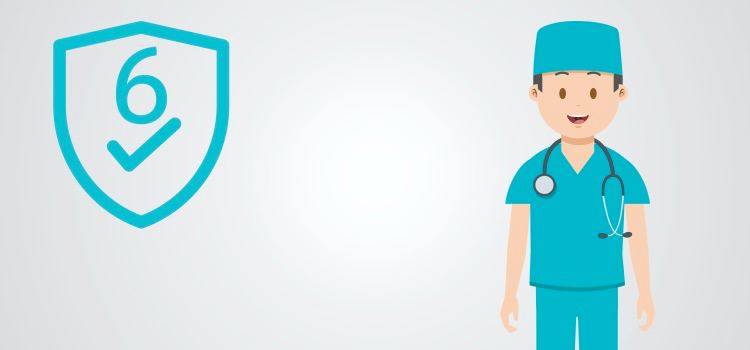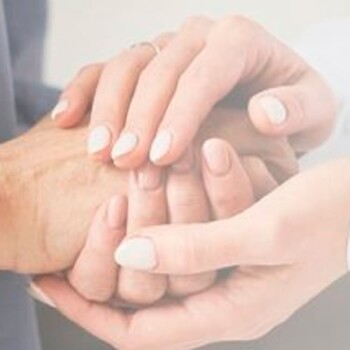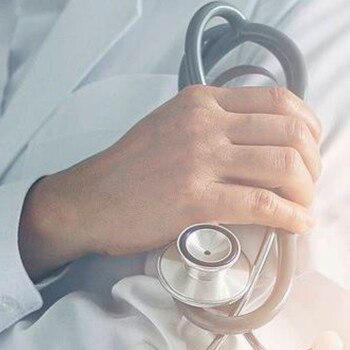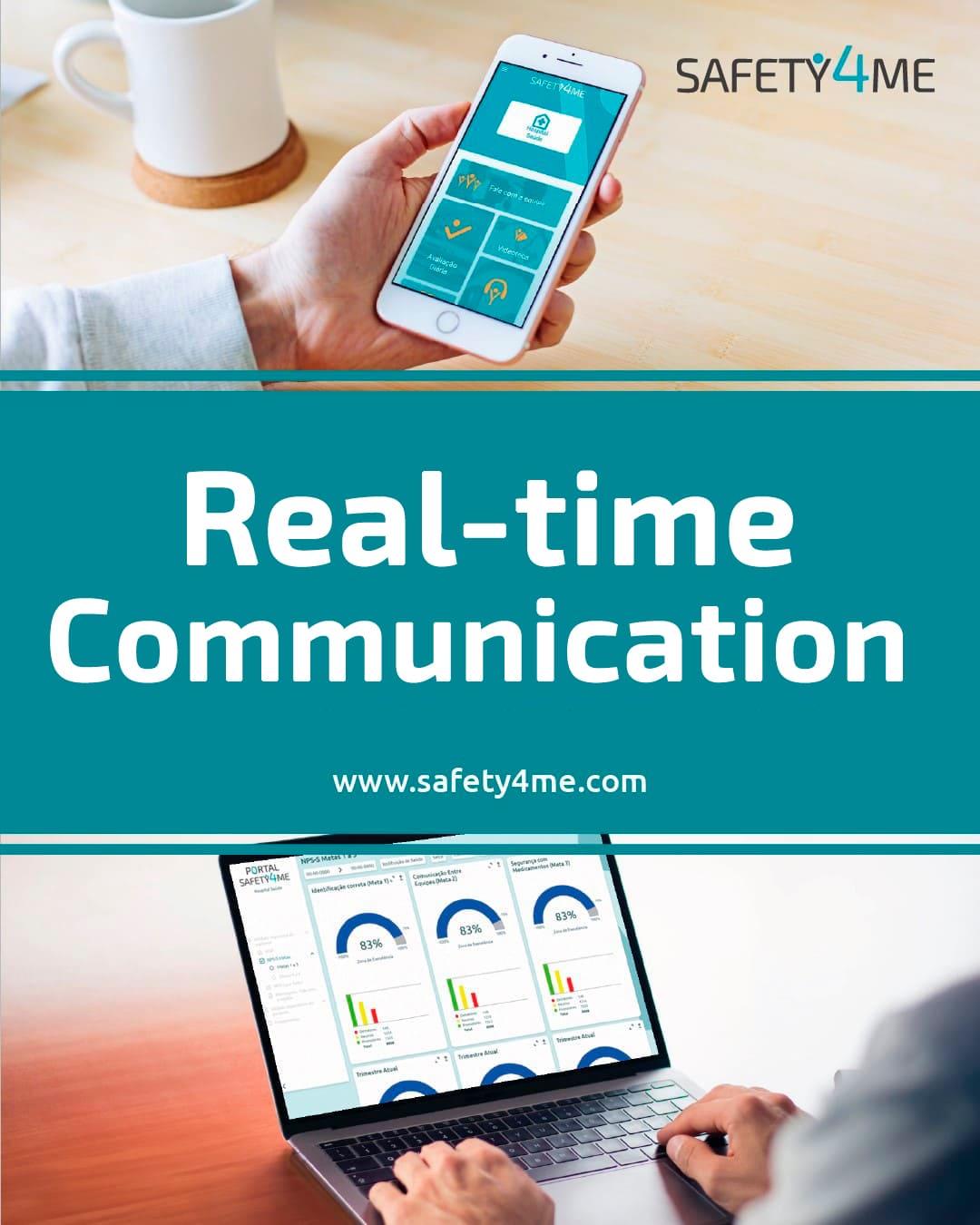Meet the 6 International Safety Goals
Goal 1 - Correct patient identification
The certification that a person who receives care is themselves. Not simple? No, not that simple. A person can look like the one next with the same name and sometimes even the same last name. This protocol check with the patient, and or on his identification bracelet, two identifiers: full name and date of birth
Goal 2 - Effective communication between teams
Have you ever tried to play broken telephone? Communication within a hospital team cannot be as in this joke. All information must be written and checked by the healthcare workers while they are assisting someone.
Goal 3 - Improving the safety of high-alert medications
Do you usually take any medication? Will you take any more during your hospitalization? Will any of them be interrupted? The prescription of all medications, during your hospitalization, should be reviewed by your doctor and you should know what you must receive. The focus of this protocol concerns some medications called high-alert medications, that means, medications that if not administered correctly can generate serious damage.
Goal 4 - Safe Surgery
When you fly by plane there is a check of instruments and routes that if they do not happen the plane does not take off. Yes, with surgery it must be like that too! Every surgery should pass a checklist that aims to identify the correct procedure, for the right patient, and the right side of the body should be performed the procedure (the side should be painted still with the patient awake).
Goal 5 - Reducing the risk of infection associated with health care
One of the most common complications in the hospital environment is infection. The infection is usually transmitted by the touch of a dirty hand. A simple way to prevent such infection is sanitizing hands, usually with alcohol gel or simply soap and water.
Goal 6 – Preventing harm from falls
People during hospitalization are more fragile with increased risk to fall. For safer care, patients should be evaluated and identified according to their risk to fall and receive guidance and care to prevent it.








